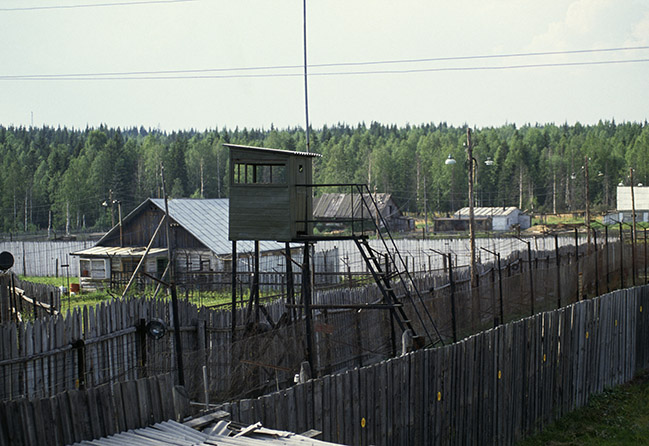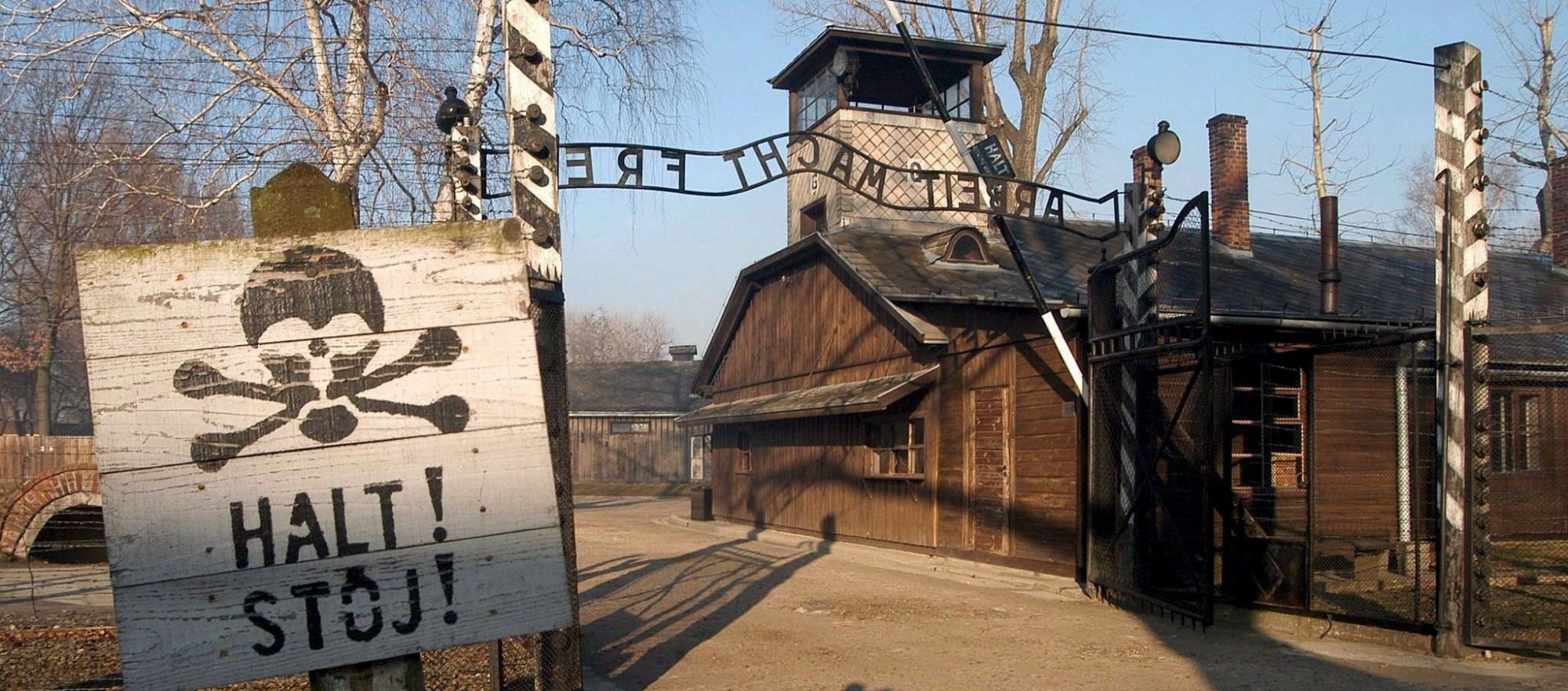Before we can talk about those places we have to inform you what are they, who built them and why. Soviet gulags are less popular that Nazi concentration camps. Let’s shed some light on the cruel slave work camps, which were supposed not only to sentence people to death, but to slow, brutal death. Loosing desire to live. It’s been a place to sent in general ,,evil” ones and those suspected of anty- regime views. After some time all those ,,uncomfortable” people were sent there, if they didn’t suit to the system. Also pests of industrialization like clergy, cultural activists, critics of authorities and the party activists involved in opposition party were sent to gulags.
Political prisoners and all not indoctrinated enough. After some time the camps were transformed from labor camps into death camps, finishing off the people who had been sent there. Placed in distant areas, they did not give hope to life, because there was practically no possibility of escape, and physical survival in these conditions bordered miracle.
In the case of the Russian camps people died from starvation, exhaustion or illness. Most people died there during II World War. One third of prisoners didn’t survive even transport to the gulags. Probably even 30 millions may have died this way. It’s been massive genocide. Most probably, from the beginning (1917) to easing the system (1956), the camps gobbled down around 60 million people – not only in the camps but also after leaving them and during transport. The ideological focus of the camps was “reeducation through labor,” and the prisoners were not destined for extermination. At least in theory because there were many different gulags.
Gulags after Second World War
Prisoners were initially criminals and dissidents, and in the war times they were joined by citizens of the conquered land, prisoners of war, and Russians who were captured (after being thought of as potential traitors, they were punished in advance). After the war they were joined by the people who were reported. Prisoners performed the worst jobs – such as quarrying, mines, forest felling, construction of railway lines, pipelines, etc. Bad conditions and overload caused mass mortality.

Perm 35, a prison camp for political prisoners, according to articles 64 and 70 of the law. Location: The Urals, USSR.
This allowed the huge development of the Russian economy and the realization of many unrealistic investments. All this at the expense of millions of human lives. The camp network consisted of several thousand forced labor camps deployed throughout the USSR at its peak. It was a price to pay and Soviet Russia was ready for it.

